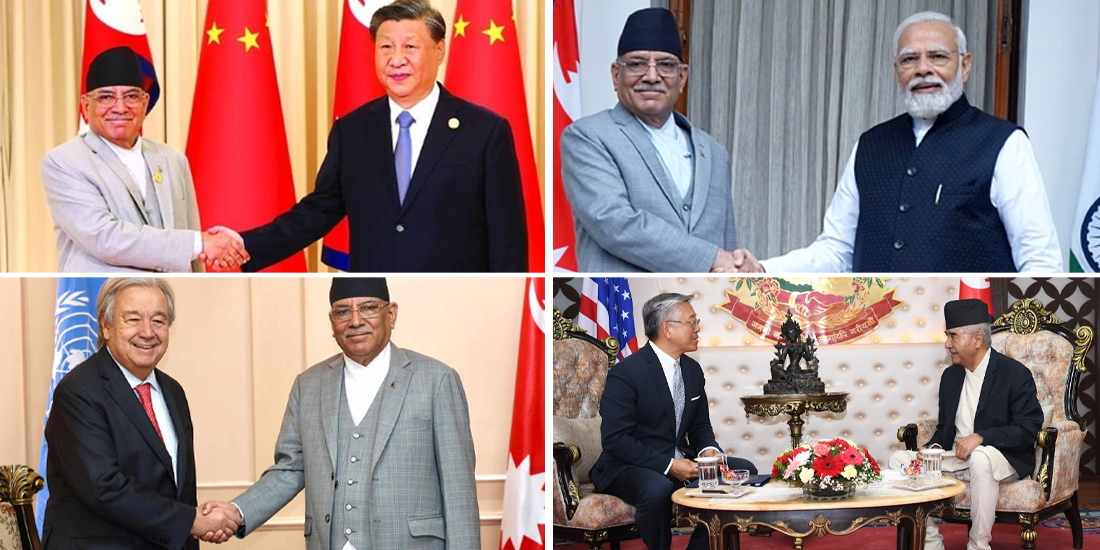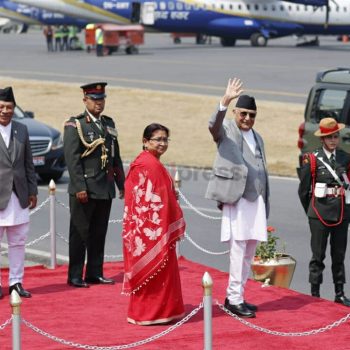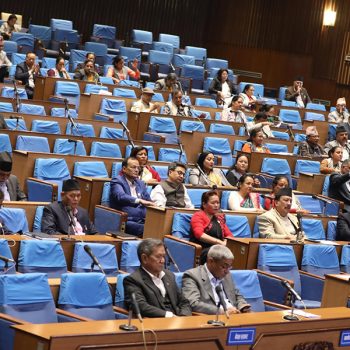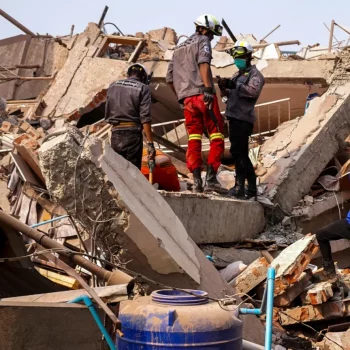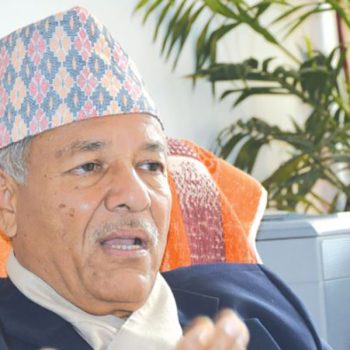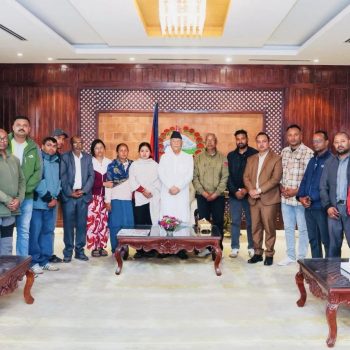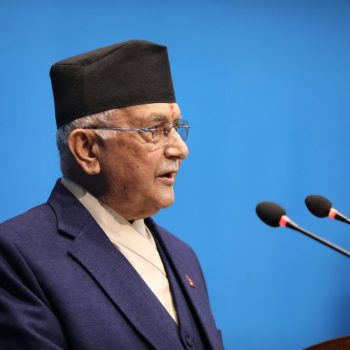G7 members to announce long-term Ukraine security package at Nato summit
 NepalPress
NepalPress
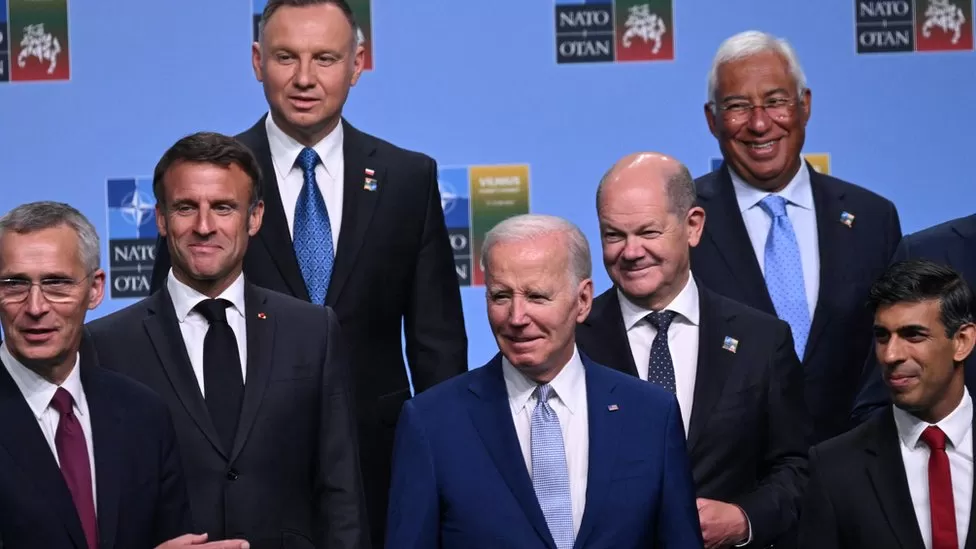
G7 members are expected to ratify a long-term security arrangement with Ukraine at the Nato summit on Wednesday, BBC reported.
It will include defence equipment, training and intelligence sharing.
British Prime Minister Rishi Sunak said the agreement would send a “strong signal” to Russian President Putin.
It comes after Ukraine’s President Zelensky criticised Nato’s reluctance to offer Kyiv a timeframe for joining the alliance.
Mr Sunak said Kyiv’s allies were ramping up their “formal arrangements to protect Ukraine for the long term”.
“We can never see a repeat of what has happened in Ukraine and this declaration reaffirms our commitment to ensure it is never left vulnerable to the kind of brutality Russia has inflicted on it again,” he said.
No 10 said the UK had played a leading role in the agreement involving G7 partners Canada, France, Germany, Italy, Japan and the US. More details are expected on Wednesday.
US President Joe Biden earlier suggested a model for Ukraine similar to his country’s agreement with Israel. Under that deal, Washington has committed to providing $3.8 billion in military aid per year over a decade.
But unlike Nato membership – this does not include a clause to come to its aid during a time of attack.
The G7 announcement comes after Nato said Ukraine could join the military alliance “when allies agree and conditions are met” – a delay Mr Zelensky has called “absurd”.
Kyiv accepts it cannot join Nato while it is at war with Russia but wants to join as soon as possible after fighting ends.
He also presented a battle flag from the destroyed city of Bakhmut – the site of the longest, and possibly bloodiest, battle in Russia’s invasion of Ukraine.
Mr Zelensky had earlier tweeted that “uncertainty is weakness”, and said the lack of an agreed timeframe meant his country’s eventual membership could become a bargaining chip.
Nato might not have said when and how Ukraine might join the alliance, but diplomats emphasised that they had set out a clear path to membership, with the onerous application process shortened significantly.
They said they had recognised that Ukraine’s army was increasingly “interoperable” and more “politically integrated” with Nato forces, and promised continue supporting reforms to Ukraine’s democracy and security sector.
Diplomats also highlighted the creation of a new Nato-Ukraine Council, meeting on Wednesday for the first time, which will give Kyiv the right to summon meetings of the whole alliance.
Some member states fear near-automatic membership for Ukraine could give Russia an incentive to both escalate and prolong the war.
The focus now is moving to what long-term security guarantees Nato members will promise Ukraine as an alternative to early membership.
In the past, Western security pledges failed to deter two Russian invasions. Nato allies hope a third round will be robust and explicit enough to persuade the Kremlin that further aggression would be too costly.
The Vilnius summit began a day after Turkey dropped its opposition to Sweden joining the military alliance.
Turkey had previously spent months blocking Sweden’s application, accusing it of hosting Kurdish militants. The country will now become the alliance’s 32nd member after Finland – which borders Russia, joined in April.
Both countries announced their intention to join Nato after Russia invaded Ukraine.
A series of military packages for Ukraine were also announced at the summit on Tuesday.
A coalition of 11 nations will start training Ukrainian pilots to fly US-made F-16 fighter jets at a centre to be set up in Romania in August, officials said.
In May the US gave the go-ahead for its Western allies to supply Ukraine with advanced jets, including the long sought F-16s – a significant upgrade on the Soviet-era planes it is currently using.
Ukraine had repeatedly lobbied its Western allies to provide jets to help with its recently-begun counter-offensive aiming to retake territory seized by Russia.
However experts say the training of Ukrainian pilots to fly and operate Western jets will take some time.
In addition to the G7 security pact, the UK has announced plans to deliver more than 70 combat and logistics vehicles to Ukraine, aimed at boosting its counteroffensive operation.
Meanwhile, Russia launched a wave of kamikaze drone attacks on Kyiv and its region for a second night in a row on Tuesday night, Ukraine’s military said.
Initial information said there were no immediate reports of casualties or major destruction.



